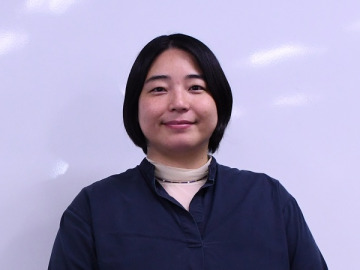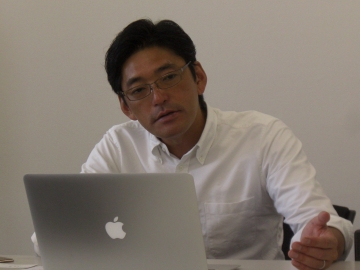
Waseda University’s Archeological Surveys in Egypt
Waseda University is renowned in Japan for its research on Egyptian civilization. I began participating in the university’s expeditions to Egypt in 1995 at the age of 21. Initially, I exclusively engaged in excavations alongside the site workers. Ten years later, I became a field director, and was fortunate to discover intact tombs. By participating in the university’s expeditions, I mastered excavation techniques, site management skills, and communication skills in the Arabic language. It is thanks to this experience that I have become the Egyptologist that I am today.
Predynastic Egypt: What kind of society was it?
While Waseda’s Egyptian surveys have focused on the Dynastic periods, my interest lies in Predynastic Egypt. Egyptian civilization began around 3000 BC with the first Pharaoh; however, the Predynastic era refers to a period before the first Pharaoh, around 4000 BC. Thus, the ultimate aim of my research is to elucidate the process in which the society diversified before ultimately forming a state with the Pharaoh at the top.
Figure 1 presents the most simplified schema of society. The vertical axis represents status distinction, while the horizontal axis represents labor specialization. Initially, everyone is equal. There is no status distinction; each member of the society is self-sufficient. Insofar as there is no status distinction, there is scarcely any labor specialization, either. The reason for this is that specialized artisans who are not self-sufficient cannot exist without the patronage of a ruler. Artisans supply goods year-round to meet the ruler’s demands, and receive sustenance in return. When the society becomes stratified in this way, it leads to clear labor specialization; in other words, different people specialize in different jobs. By the time the Dynastic era arrived with the first Pharaoh, a social stratification had formed, and labor specialization was well underway. The process culminating in the formation of a social pyramid with the Pharaoh at the capstone is the key theme of the Predynastic studies.
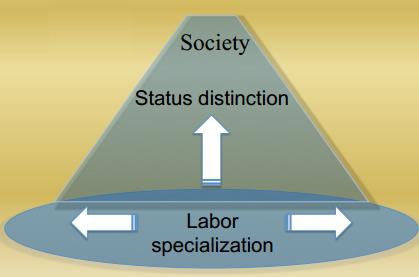
Figure 1. Schema representing the diversification of the social structure. As status distinction (vertical axis) and labor specialization (horizontal access) increased, a pyramid-shaped stratified society began to emerge.
Graves for Commoners and Tombs for Elites Discovered in Hierakonpolis Site
Hierakonpolis is the largest town of the predynastic site that we have been working. Situated 800 kilometers from Cairo, Hierakonpolis is considered to be Egypt’s center at the time and the first area to become urbanized. Incidentally, scholars believe Hierakonpolis to be the birthplace of Narmer, the first Pharaoh. It is now a rural area, and this factor explains why the material in the site has been so well preserved.
In a section in the northeast of Hierakonpolis called HK43, a cemetery was discovered. These are not special tombs; they are common graves, similar to many others of the Predynastic period. The graves are shallow and round, approximately one meter in diameter, and the corpses were interred in a fetal position (crouched burial) surrounded by grave goods. However, this gravesite yielded a major discovery: some of the corpses were artificially mummified (Photo 1). The traditional view is that the earliest mummies of Egypt were natural, the result of burials in the extremely dry desert sands. However, the gravesite at Hierakonpolis suggests corpses were being artificially mummified from a much earlier time, as the bodies were found with their arms and faces covered by linen soaked in resin.
A very different cemetery was discovered in HK6, which is situated in a desert recess in the southwest of Hierakonpolis. This is an elite cemetery; compared to the common graves in HK43, this cemetery features large rectangular tombs, around 6 meters in length. From the evidence of post holes, the tombs were enclosed in a number of structures with multiple pillars. These structures were not tombs; they were probably used for ceremonies and rituals. Ancient Egypt is famous for its multi-pillar structures, and they may have their origins in the structures in HK6. Thus, the Hierakonpolis site demonstrates the beginnings of social differentiation in burials, and it was here that the earliest elite (ruler) burials took place.
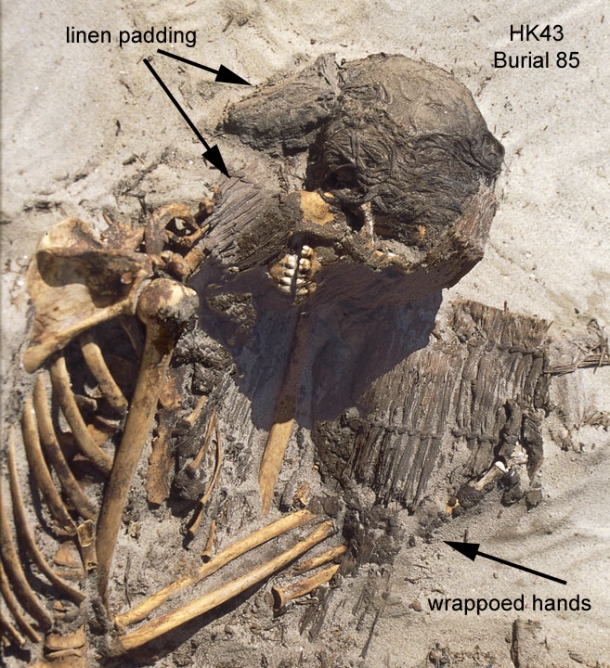
Photo 1: Earliest artificially produced mummy in Hierakonpolis. Copyright Hierakonpolis Expedition
The World’s Oldest Beer Brewery
In 2003, I began participating in archeological excavations in HK11C, situated close to the elite cemetery. The first major discovery I experienced was an almost perfectly preserved ruin of a beer brewery (Photo 2). Within the walls, there are at least five large vats. With diameters ranging from 50 to 85 cm, these vats were cooking installations heated from the outside. Glossy black residue adheres to the inside of the vats, suggesting that beer residue solidified when the liquid in the vats was boiled. There have been discoveries of beer breweries from slightly after this period, but the beer brewery in Hierakonpolis is currently the world’s oldest known beer brewery. Its brewing process was primitive; analysis of beer residue shows that the brewers utilized malt of emmer wheat as an ingredient. Yeast, which is necessary for fermentation, was also found in the residue. Assuming that the vats were heating installations, they would have been used for the starch conversion (wort production) step of the beer brewing process.
Beer is actually very difficult to produce. Yeast enzymes are very fragile and can easily succumb to other cultures. Unless the environmental conditions are fine-tuned such that other cultures do not proliferate, the beer will soon go off. In other words, it is necessary to carefully maintain and manage the environmental conditions and especially of the yeast. This suggests that this facility was operated by specialist brewers.
The general opinion among scholars is that beer in ancient Egypt was universally consumed. However, I think this might not be accurate, at least in the Predynastic period. It is unlikely that commoners of the this era would have been able to produce beer. Most likely, beer was a privilege for the elites, and the only commoners who could consume the beverage were those who served the elites or participated in their ceremonies. In that case, the elites would have ordered the production of the alcoholic beverage as a means to govern society and establish or enhance their status. Thus, I believe that beer was one of the things that elites used to establish social control, and that the elites protected the beer brewers for this reason.
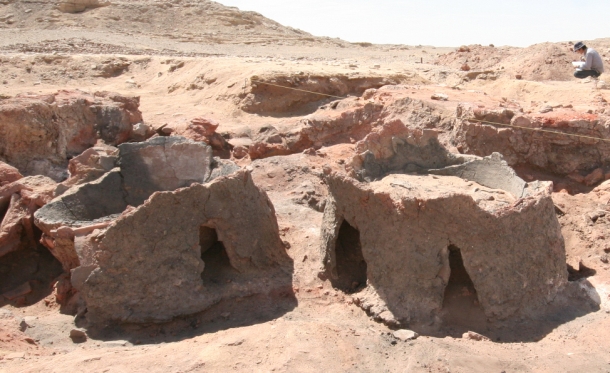
Photo 2: Beer brewery installations discovered in HK11C.
A Food Processing Facility where a Vast Quantity of Bones was Found
Recently, we discovered another food processing facility not far from the beer brewery site (Photo 3). Constructed from mud-bricks, this is a large structure measuring 9 by 7.5 meters; there are no other parallel of such a large brick structure from the Predynastic period.
The floor of the structure features 14 hearths. A vast array of animal bones were discovered around these hearths. According to a zoologist, most of the bones belong to domestic cattle and Nile perch, a species of fish measuring over 1 meter in length. Ancient Egyptians would probably have grilled or smoked the meat of such animals. At the time, the Nile was at least 3 kilometers away from HK11C. Why then, did people bring fish all the way from the Nile to cook here? One possible reason might be that the fish were cooked here for the purpose of elite burials. An analysis of the ratios of bones reveals that the majority are bovine heads and feet, and fish heads and fins, all of which are parts that humans do not eat. The absence of bones from edible parts denotes that the meat was consumed elsewhere; whereas here, it was only processed and distributed. The destination of the processed meat would be the elite cemetery. As with beer brewing, this work was probably performed by specialist butchers under the protection of the elites.
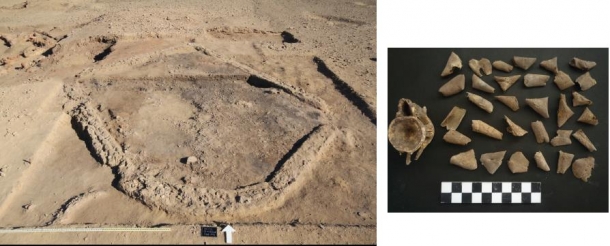
Photo 3: A food processing facility discovered in HK11C (left), and bones and scales from large fish retrieved from the site (right).
Thus, the beer brewery, food processing facility, and similar sites discovered in HK11C testify to the beginnings of labor division and specialization; these structures were produced with the emergence of an elite class. In other words, the reason for the division of labor was not only to meet the demands of the elite for luxurious consumables, as seen in the HK6 cemetery, but also to support the ceremonies and social status of the elites. As I mentioned in the beginning, the primary objective of my research into the Predynastic era is to elucidate process of the social complexity culminating in the formation of a state. Until now, there has not been enough archeological evidence attesting to this process. In this sense, these discoveries in Hierakonpolis provide invaluable information offering detailed insight into the diversification process.
Interview and Composition:Seiko Aoyama/Chisato Hata/Junichi Tsuchiya
In cooperation with: Waseda University Graduate School of Political Science J-School




